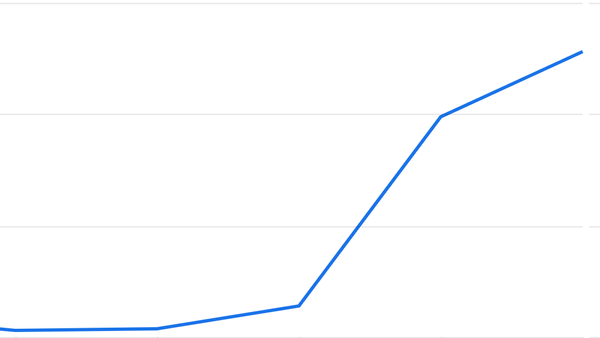The Little Marketer’s Dilemma
What the Little Mermaid can teach us about our marketing tech.

Modern marketers are a lot like Ariel from Disney’s “The Little Mermaid”. Specifically, as she sings “Part of Your World”: obsessed with superficial objects and lacking a deep understanding of the people they are trying to impress.
Maybe I’m being harsh. But when I watch the Little Mermaid, I cheer for Ariel to win the prince and prove her worth. I am cheering for you to find your voice too.
If you don’t remember the song, here’s the original 1989 movie rendition of it (Halle Bailey also makes a beautiful Ariel, but the full recording of her version isn’t out yet as of the time of this writing):
Let’s dive in and explore some marketing under the sea 🤿🫧🐠
The Problem with Modern Marketing
WE’RE ADDICTED TO TOOLS
If you’ve ever looked at a list of “best marketing tools” or bragged about your tech stack, you might relate to Ariel’s confusion as she looks at her cave of human treasures:
I just don't see how a world that makes such wonderful things could be bad
Look at this stuff
Isn't it neat?
Wouldn't you think my collection's complete?
Wouldn't you think I'm the girl
The girl who has everything?
Ariel loves every object in her collection. She’s spent years of her young life swimming around the ocean and picking up these rare treasures.
Your MarTech stack is probably the same. After all, your tools were carefully selected, budgeted for, and then distributed amongst your team. Without them, how could you possibly analyze customer behavior, measure the performance of your site, structure marketing campaigns, or attribute leads to your work?
Sure, perhaps some of these tools you are using only because somebody said you needed to. But like Ariel, you assume that if the humans wanted something enough to make it, you should want it too.
PASSING GAS (GADGET ACQUISITION SYNDROME)
I get Gadget Acquisition Syndrome (GAS) too. It feels like a pre-requisite of our profession: digital marketing is always changing and how can we prove that we are the coolest, most up-to-date, savvy marketers without trying out every iteration of the latest GPT-tool or social media scheduler?
Look at this trove
Treasures untold
How many wonders can one cavern hold?
The more tools and acronyms we add to our portfolios, the more accomplished we feel. It’s easy to feel satisfied about a growing list of technical proficiencies, because tools are a simple shorthand for accomplishment.
Marketing is particularly vulnerable to simplistic solutions, partially because our profession is genuinely really hard.
A large chunk of our work revolves around uncertainty. A tactic that worked yesterday might not work tomorrow. A campaign that you planned for 6 months might fail while your side-initiative planned in one hectic afternoon might surpass all of your quarterly targets. An audience that you spent years growing might be taken away overnight by the whims of a mercurial billionaire.
So it’s much simpler to forget about all the difficult, frustrating things we can’t control. Instead, you might measure your productivity by the size of your marketing toolkit, spinning around your metaphorical cave:
Looking around here you'd think
Sure, she's got everything
I've got gadgets and gizmos a-plenty
I've got whozits and whatzits galore
You want thingamabobs?
I've got twenty!
Remember the Little Mermaid next time you see an “Ultimate List of Marketing Tools for 2023”.
I’ve seen marketers happily throw around names of frameworks (The 4Ps), specializations (SEO) and tools (MailChimp) and calling that cocktail a “digital marketing strategy”. And I’m no longer surprised why, when this is what most of the job listings for marketers actually look like:
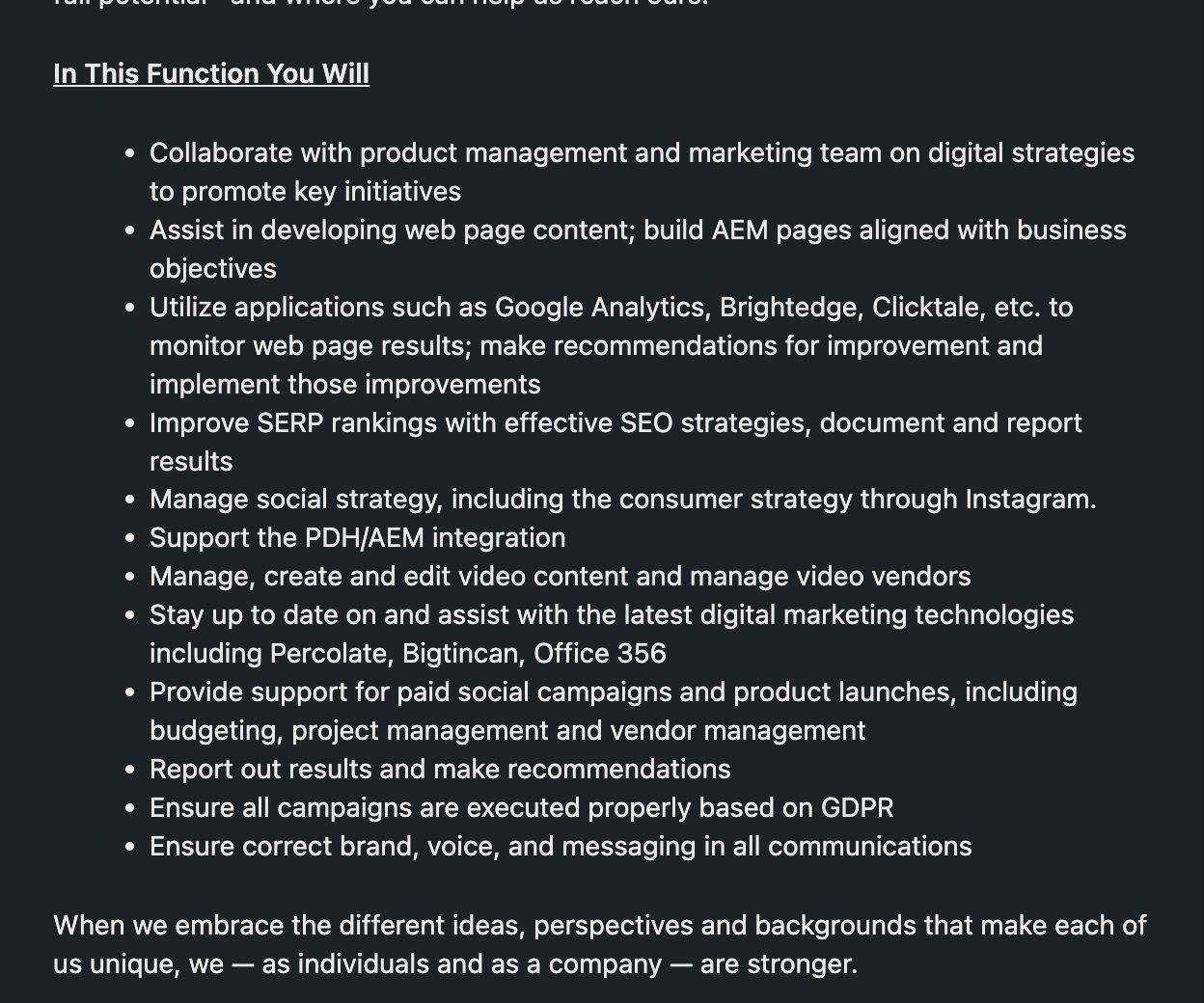
This job description (and others like it) is already forcing senior marketing professionals into a very narrow box of what “marketing” looks like. The candidate will have to work within pre-defined marketing channels (focused around the standard “best practices” of PPC, SEO link building, and promotional emails), with extremely specific performance targets, and with a very heavy emphasis on using specific tools.
What job listings don’t tell us is the actual strategy behind any of these tactical decisions:
- Is there any room for flexibility to adjust for shifting market conditions and customer preferences?
- In what context were these tactics determined and are they actually effective?
- Why are they even hiring senior professionals for roles so limited in creative freedom?
But who cares?
No big deal
I want more
Somebody is probably telling you to keep doing more. More posts, more creative, more ads, more influencer partnerships, more trade show appearances, more emails, more tracking, more metrics, more customer segments…. But in the end it’s always just more of the same channels and tactics that were preached by marketing gurus 10 years ago (if you’re lucky).
Our focus on perfect attribution and trackable ROI of our marketing activities is misguided and often a waste of both our time and company resources. Consider yesterday’s LinkedIn post from the CEO of Databox:
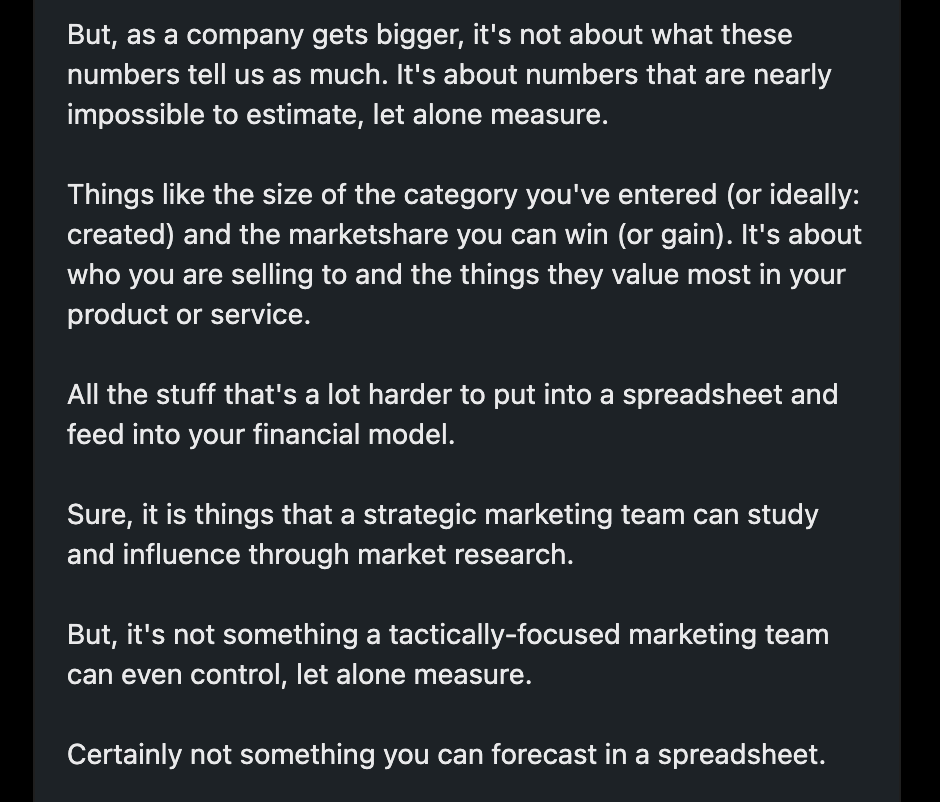
….but why are we doing any of this?
I wanna be where the people are
I wanna see, wanna see 'em dancin'
Ariel gets to the heart of the Little Marketer’s dilemma: we are trying to understand the people who we want to buy our stuff. But we are approaching that goal with an entire ocean separating us from those people.
We sit in front of our screens, squint at spreadsheets and dashboards with bloodshot eyes, praying that maybe, just maybe, it’ll only take one more refresh on the analytics dashboard to finally show us something new.
This meme shared by Ryan Paul Gibson on LinkedIn the other day gets at the same problem from a more humorous angle:
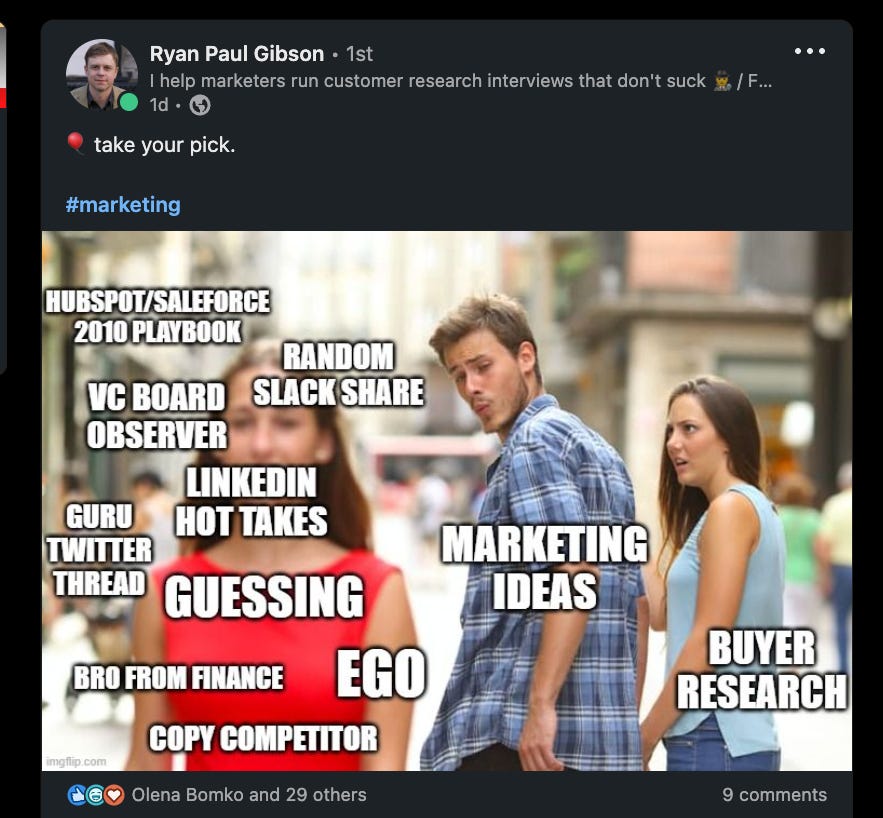
Whenever I hear “Part of Your World”, I am always struck by how hard Ariel is trying to understand humans and how much she fails at interpreting basic aspects of our lives:
Walking around on those, what do you call 'em?
Oh, feet
Flippin' your fins, you don't get too far
Legs are required for jumping, dancing
Strolling along down the, what's that word again?
Street
The rhyme scheme in this song is teasing us, forcing us to say the words that Ariel is thinking of just before she fumbles and says something different. “You were supposed to say ‘boulevard!’, not ‘street’!” I’d sneer at the TV as a teenager.
Pedantic? Sure. But that rhyme is something that we, as humans, expect. If Ariel gets that wrong, the tone of her entire message feels… off.
Would you trust Ariel’s marketing emails?
Up where they walk, up where they run
Up where they stay all day in the sun
Wanderin' free, wish I could be
Part of that world
Ariel’s longing to join and understand the human world fills me with the same sadness as a lot of beginner marketing advice. For example, I take issue with how Semrush describes the process of running a content audit:
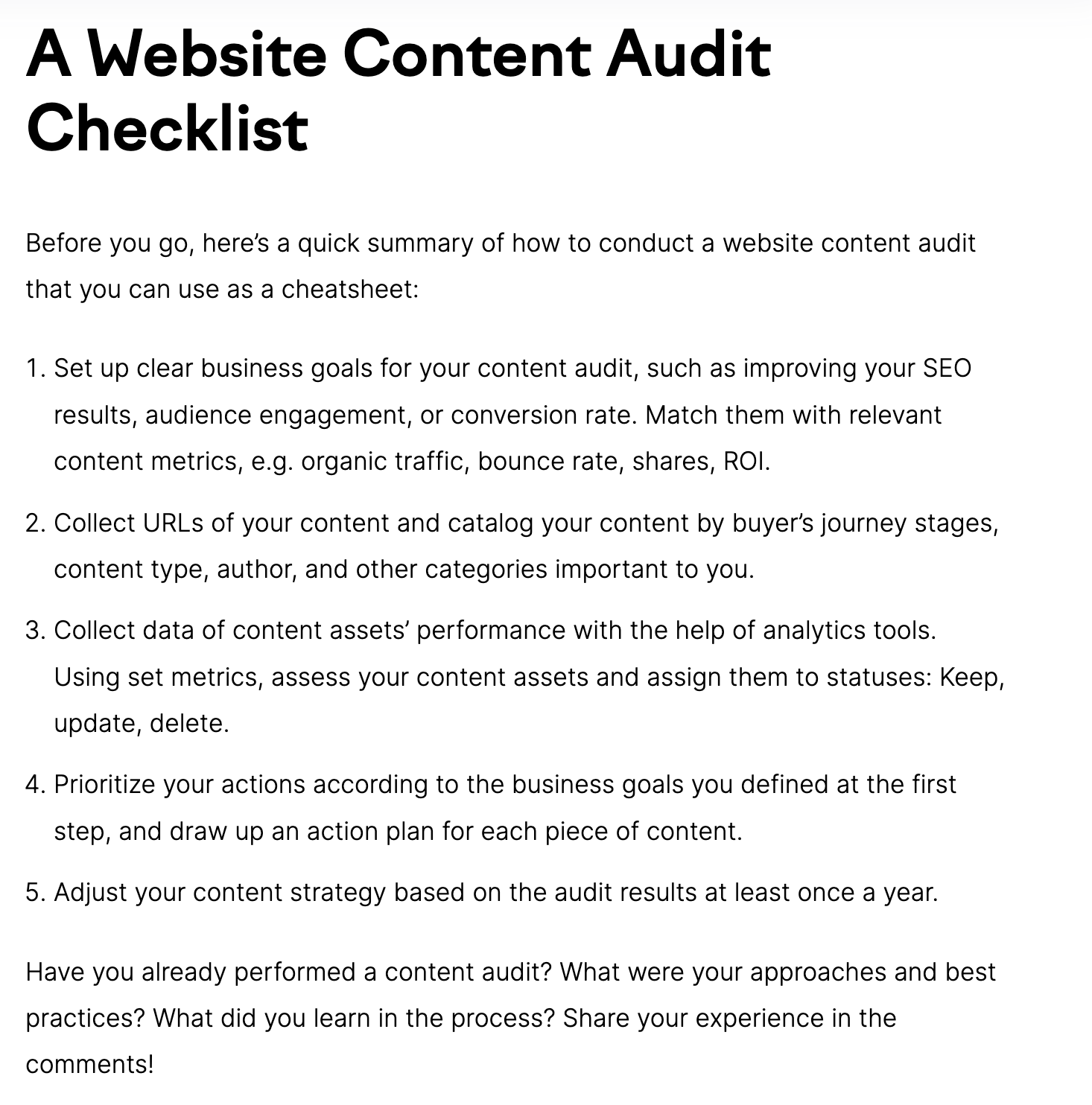
The entire process just feels so (excuse the pun) shallow. If you squint hard enough, this checklist does use all of the right words like “audience engagement”,“buyer’s journey”, and “business goals”. But what insights can you possibly get from a spreadsheet like in Semrush’s example here?
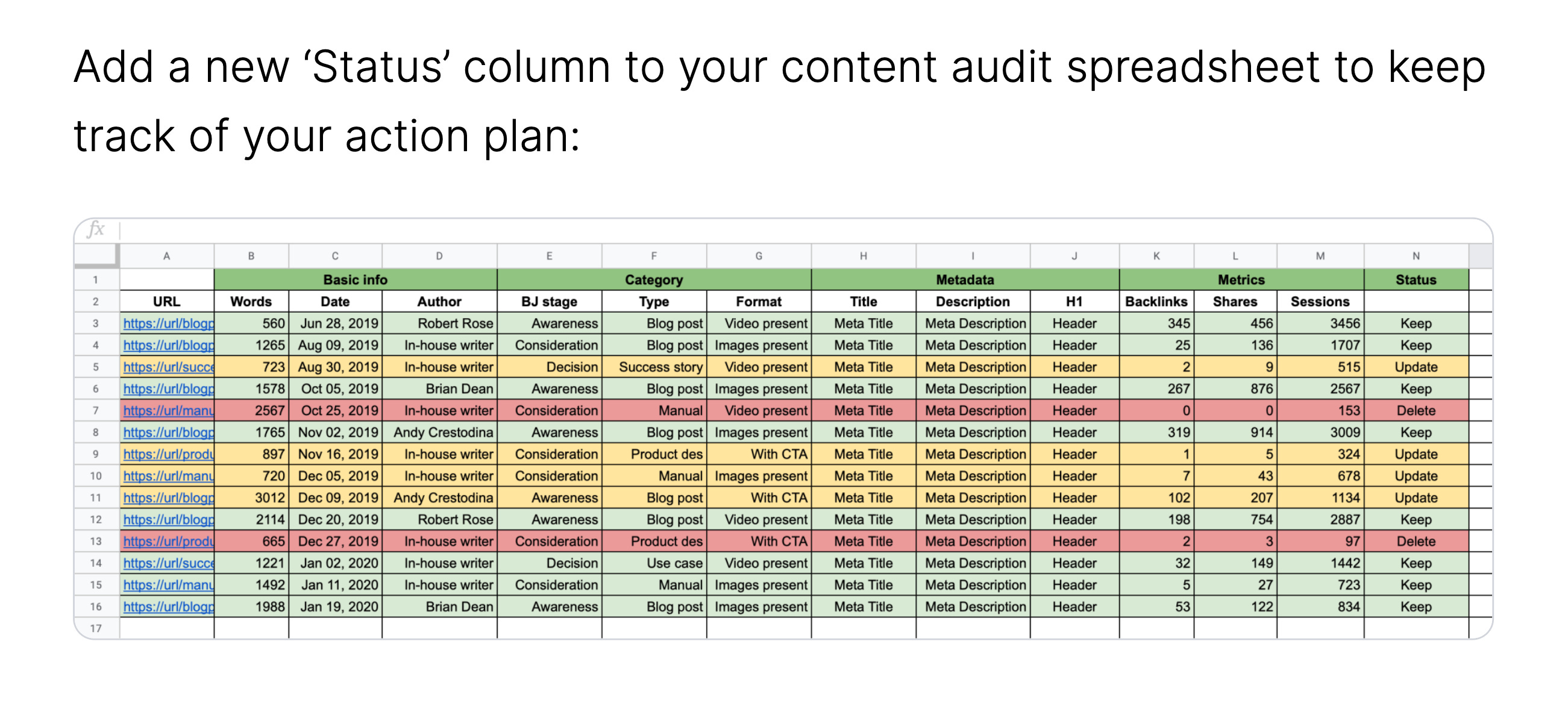
Word count doesn’t correlate with much outside of how complex a given topic might be or the style of its author. Unless you think of words as filler “lorem ipsum” taking up the white space on your blog what do you actually learn from a statistic like “posts between 800 and 1200 words get 20% more engagement”?
What would I give if I could live out of these waters?
What would I pay to spend a day warm on the sand?
Ariel does really want to understand the people she sings about. The rest of the movie is a testament to her dedication, but even these lines are filled with sincere longing. In the same way, I believe that the marketers putting together these guides and spreadsheets do genuinely want to improve the value of their content.
But by sitting in your comfortable cave under the sea…. You will never actually get close enough to hear the conversations that those people might be having while enjoying their day warm on the sand.
Bet'cha on land they understand
Bet they don't reprimand their daughters
Bright young women, sick of swimmin'
Ready to stand
SOLUTION: EMBRACE DISCOMFORT & UNCERTAINTY
I recently discovered a wonderful short essay from 2008 by Martin A. Schwartz titled “The importance of stupidity in scientific research”. There, Martin writes:
What makes it difficult is that research is immersion in the unknown. We just don't know what we're doing. We can't be sure whether we're asking the right question or doing the right experiment until we get the answer or the result.
I think that his observation applies to more widely than the sphere of scientific research. In the business world, we are pressured by external factors to provide easy answers.
And ready to know what the people know
Ask 'em my questions and get some answers
What's a fire and why does it, what's the word?
Burn?
A busy CEO probably doesn’t care about the delicate balance of building trust through helpful content. Your KPIs reflect the business’s main priority: making money. And making money is a lot easier to talk about once you’ve abstracted away all of the depth and complexities of the humans paying you.
There’s no time for uncertainty or embracing the unknown when your campaign deadlines are only a month away. So we hide behind simple frameworks and easily trackable metrics.
When's it my turn?
Wouldn't I love, love to explore that shore up above?
Out of the sea
Wish I could be
Part of that world
We should find some hope in doing the hard, uncertain work of exploring complexity.
As Rand Fishkin wrote in his wonderful piece on marketing attribution, some of the most worthwhile marketing work cannot fit into a neat statistical box:
That’s often infuriating to marketing practitioners: the absolute best way to do much of this is to give up on tracking, trust your instincts, use directional lift over time, and redirect all the hours of work the above measurement practices require into actual marketing activities.
Once you accept that some of your most worthwhile research, campaigns, and reporting might come from embracing uncertainty, that’s when you finally have a chance.
Get out of the water and finally become part of that world, boulevards and all.
My Top 3 Reading Recommendations
In every issue of this newsletter, I’d like to share 3 interesting bits of my work-related reading. Today I’m recommending:
- “Tiktok's enshittification” - Cory Doctorow. This essay is a brilliant piece on the doom spiral that many online platforms eventually find themselves in: once a website gets successful, it often turns greedy at the expense of its own product.
- “Could a robot write this? Lessons on using AI writing tools, and what they mean for journalism” - Philip Moscovitch. One of my favorite pieces about the hollowness of AI-produced content from the perspective of a journalist who played with Jasper.ai.
- “Maybe TikTok’s Algorithm Isn’t Particularly Remarkable, After All” - Clive Thompson. Is TikTok particularly good at figuring out user behavior or does the app’s UI incentivize better data collection?
Audience Research Corner
I’ve really been enjoying SparkToro’s weekly digests on my tracked audiences lately so I’d like to share a fun insight in each newsletter.
A lot of content marketers seem interested in automating our work because we are already bored being back from the holidays:

Some of us have been asking why we are even doing this in the first place:
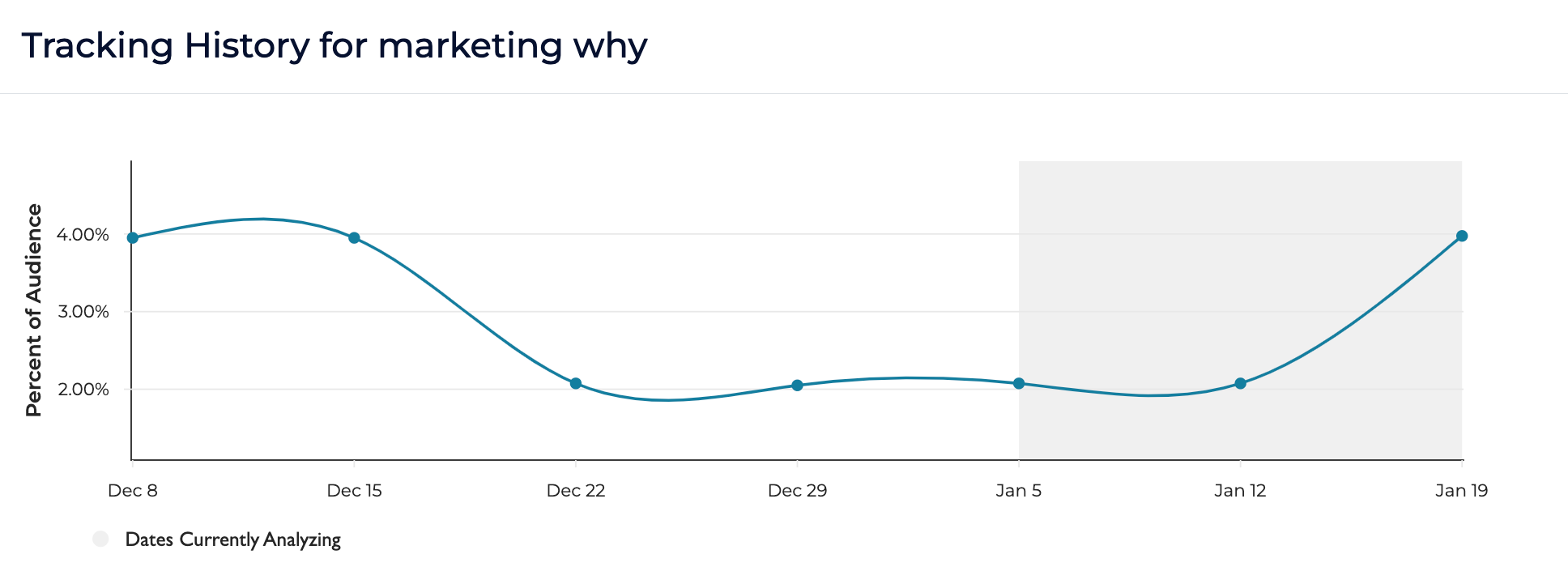
Musical Minute
I love watching music videos and recordings of live musical performances, so I also want to share 1 music-related YouTube video with you in every newsletter.
This week, I am on the Maneskin hype train as the Italian rock band just released a new album last Thursday. Here’s one of my favorite songs:




